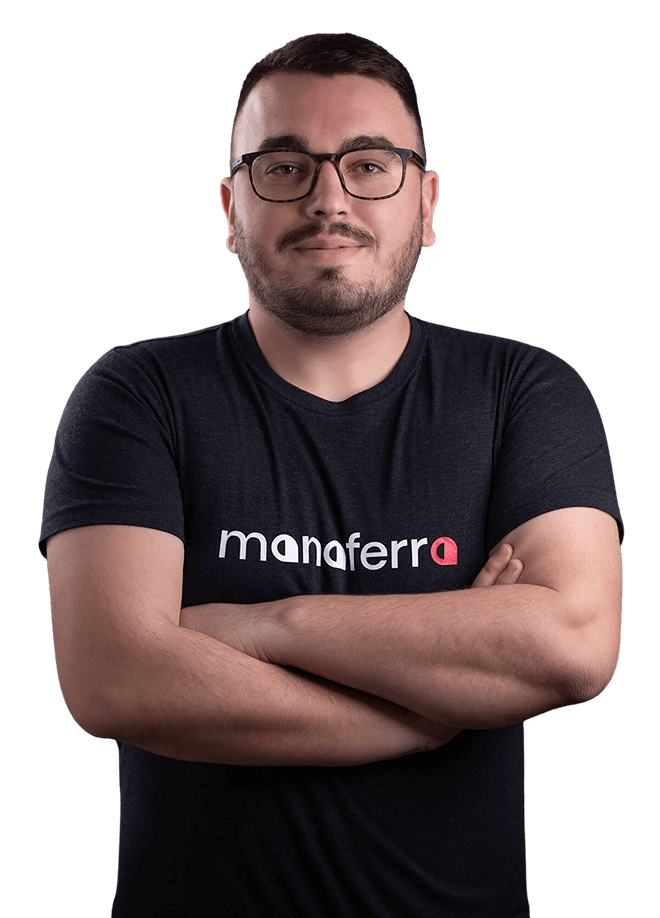

As competition in higher education intensifies and student search behavior evolves, having well-optimized program pages isn’t just a nice-to-have – it’s essential for enrollment growth. Our research shows that organic search is the #2 traffic source for higher education websites, second only to direct traffic. However, most institutions aren’t maximizing this channel’s potential.

In this guide, we’ll explore proven higher ed SEO strategies to optimize your program pages for better SEO performance, based on our analysis of top-performing institutions and years of experience in higher education marketing.
Let’s start with some eye-opening statistics from our research of the top 100 .edu websites:
Take Arizona State University Online as an example. Their program pages generate over 430,000 clicks monthly from Google, with 368,000 of those coming from non-branded searches. The estimated value of this organic traffic? Over $102 million annually if they had to pay for these clicks through advertising.

While branded traffic is valuable, the real opportunity lies in capturing prospective students who are just starting their search. These are the students who don’t know your institution yet but are actively looking for programs you offer.

Before diving into technical optimization, we need to understand search intent – the “why” behind a prospective student’s search query. We’ve identified four main types:

Effective keyword research is the foundation of any successful SEO strategy. Here’s our proven approach:
Several platforms can help with keyword research:
Let’s look at a real example we covered in our recent webinar:
For an online Bachelor’s in Data Science program, we compared two potential target keywords:
1 – “data science degree”
2 – “online data science degree”
Despite lower search volume, “online data science degree” is often the better choice because:
Title Tag Best Practices:
Meta Description Best Practices:

Compare these two approaches:
❌ Poor URL Structure:
brandexample.edu/academics/colleges-schools-departments/college-of-humanities/psychology/graduate-programs✅ Optimal URL Structure:
brandexample.edu/online-degrees/masters/psychologyThe optimal structure is:
Our research shows that richer content correlates strongly with better rankings. Essential sections include:
| Content Component | What to Include | Why It Matters |
|---|---|---|
| Program Overview |
|
Your “first impression” section – needs to quickly communicate value and differentiate your program from competitors |
| Curriculum Information |
|
Helps prospective students envision their academic journey and ensures you’re attracting the right fit students |
| Admission Requirements |
|
Removes uncertainty and helps qualified candidates self-select into your funnel |
| Career Outcomes |
|
Shows ROI and helps prospects connect your program to their career goals |
| Faculty Profiles |
|
Builds credibility and helps prospects understand who they’ll learn from |
| Cost & Financial Aid |
|
Addresses a top concern early and helps prospects understand the investment |
| Accreditation & Rankings |
|
Validates your program’s quality and helps with both SEO and conversion |
💡 Pro Tip:
While all these components are important, our research shows that programs with detailed curriculum and career outcomes sections tend to perform better in search results. Make these sections especially robust, and keep them updated with fresh content and statistics.
Our analysis shows that over 60% of prospective students first interact with program pages on mobile devices. Key considerations:
Above-the-fold Content

Page Speed
Implement relevant schema markup:
Build a strong internal linking structure:
Track these key metrics:
Want to see how your program pages measure up? We offer free SEO audits for higher education institutions. Our team will analyze your current performance and provide actionable recommendations for improvement.
Ready to optimize your program pages for better visibility and enrollment results? Contact our team for a personalized consultation.
This article is based on our analysis of top-performing higher education websites and years of experience helping institutions improve their organic search presence. For more insights and resources, visit our Higher Education SEO Hub.

Chief Strategy Officer, Co-Founder
Granit is the Co-Founder & Chief Strategy Officer at Manaferra.
Granit is the Co-Founder & Chief Strategy Officer at Manaferra.